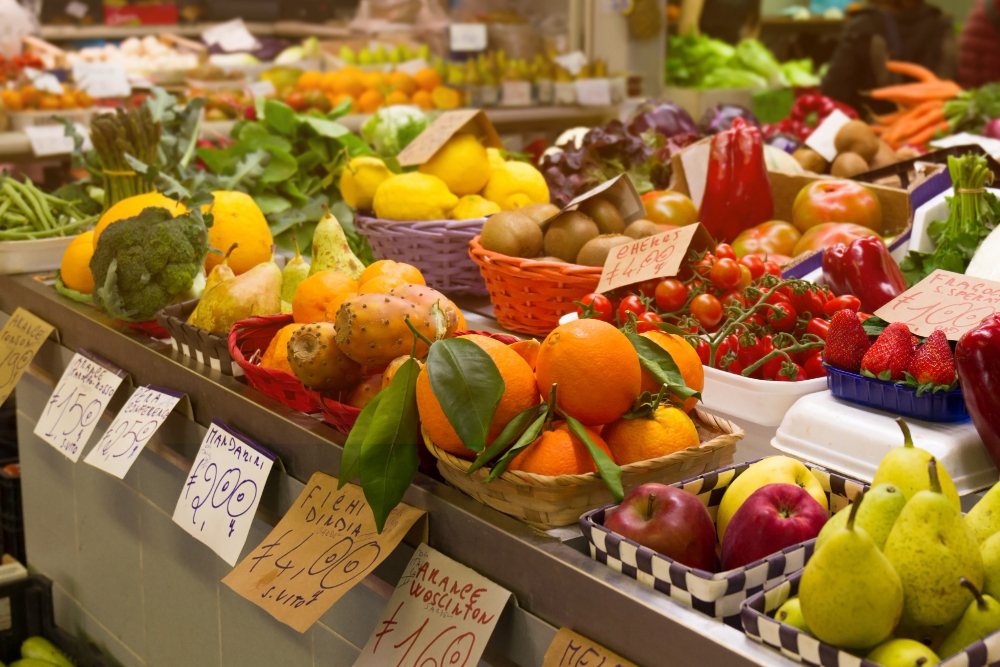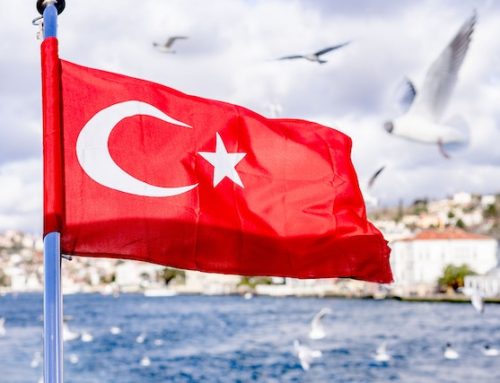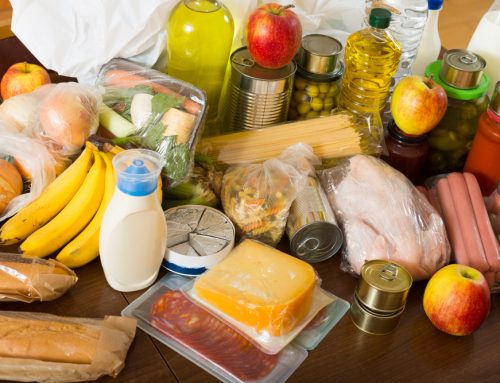January 5, 2023
Domestic food price inflation remains high around the world. Information between August to November 2022 shows high inflation in almost all low-income and middle-income countries; 88.2% of low-income countries, 90.7% of lower-middle-income countries, and 93% of upper-middle-income countries have seen inflation levels above 5%, with many experiencing double-digit inflation. The share of high-income countries with high food price inflation has risen to 81.8%. The countries affected most are in Africa, North America, Latin America, South Asia, Europe, and Central Asia.

The agricultural and export price indices closed 1% and 6% higher, respectively, compared to the last update prepared on December 1; the cereal price index closed at the same level. Wheat and rice prices closed 1% and 6% higher, respectively, whereas maize prices were 1% lower over the same period. Average wheat prices for December 2022 are now 5% lower on a year-on-year basis, while maize and rice prices are 9% and 12% higher, respectively. Maize and wheat prices are 28% and 18% higher, respectively, than in January 2021, while rice prices are 11% lower.
According to the Agricultural Market Information System (AMIS) December 2022 Market Monitor, La Niña has had varying impacts on yields in key producing regions in the southern hemisphere. Argentina has experienced prolonged droughts, caused by the third consecutive year of La Niña. As a result, wheat production prospects are sharply lower than last year. By contrast, La Niña has resulted in abnormally wet conditions in Australia, driving higher-than-average wheat yield prospects. For rice, in Southeast Asia, wet-season rice harvesting is at its peak in northern countries while Indonesia is wrapping up dry-season rice harvesting. The Monitor also indicates that price volatility caused by speculation can increase food security risks, especially for low-income countries.
The 2022 Global Hunger Index indicates that overlapping crises have exposed the weakness of food systems and that global progress against hunger has largely stagnated in recent years. According to the report, the impacts of ongoing regional conflicts, climate change, COVID-19, the war in Ukraine, supply chain disruptions, and high and volatile food, fertilizer, and fuel prices have drastically weakened the world’s already inadequate, unsustainable food systems. As a result, the world is experiencing the third global food crisis in less than two decades. The regions with the highest score in the Index are South Asia and Sub-Saharan Africa, which are considered serious.
According to a World Trade Organization (WTO) report, WTO member states are introducing trade restrictions at an increasing pace – for the first time since 2009, export restrictions have outpaced import restrictions during the WTO Trade Monitoring review period. WTO Director-General Ngozi Okonjo-Iweala called on members to refrain from adopting new export-restrictive measures, particularly those on food, feed, and fertilizers.
Following the start of the war in Ukraine, trade-related policies imposed by countries have surged. The global food crisis has been partially made worse by the growing number of food trade restrictions put in place by countries with a goal of increasing domestic supply and reducing prices. As of December 12, 19 countries have implemented 23 food export bans, and eight have implemented 12 export-limiting measures.
High food prices have triggered a global crisis that is driving millions more into extreme poverty, magnifying hunger and malnutrition. According to a World Bank report, the COVID-19 pandemic caused a major setback in global poverty reduction. Now, rising food and energy prices fueled by climate shocks and conflict have halted the recovery.
The number of people who are experiencing acute food insecurity and will need urgent assistance is likely to climb to 222 million people in 53 countries and territories, according to a FAO-WFP report.
According to an IMF paper, $5 billion to $7 billion in further spending is needed to assist vulnerable households in 48 countries most affected by the higher food and fertilizer import prices. An additional $50 billion is required to end acute food insecurity.
World Bank Action
As part of a comprehensive, global response to the food security crisis, in May 2022 the World Bank announced that it is making up to $30 billion available over a period of 15 months, including $12 billion in new projects. From April through September, the Bank has committed $8.1 billion for new projects across 47 countries – most of this support is in Africa, which is one of the hardest hit regions by the food crisis. This financing will include efforts to encourage food and fertilizer production, enhance food systems, facilitate greater trade, and support vulnerable households and producers such as:
- A $125 million project in Jordan aims to strengthen the development the agriculture sector by enhancing its climate resilience, increasing competitiveness and inclusion, and ensuring medium- to long-term food security.
- A $300 million project in Bolivia that will contribute to increasing food security, market access and the adoption of climate-smart agricultural practices.
- A $315 million loan to support Chad, Ghana and Sierra Leone to increase their preparedness against food insecurity and to improve the resilience of their food systems.
- A $500 million Emergency Food Security and Resilience Support Project to bolster Egypt’s efforts to ensure that poor and vulnerable households have uninterrupted access to bread, help strengthen the country’s resilience to food crises, and support to reforms that will help improve nutritional outcomes.
- A $130 million loan for Tunisia, seeking to lessen the impact of the Ukraine war by financing vital soft wheat imports and providing emergency support to cover barley imports for dairy production and seeds for smallholder farmers for the upcoming planting season.
- The $2.3 billion Food Systems Resilience Program for Eastern and Southern Africa, helps countries in Eastern and Southern Africa increase the resilience of the region’s food systems and ability to tackle growing food insecurity. The program will enhance inter-agency food crisis response also boost medium- and long-term efforts for resilient agricultural production, sustainable development of natural resources, expanded market access, and a greater focus on food systems resilience in policymaking.
In May, the World Bank Group and the G7 Presidency co-convened the Global Alliance for Food Security, which aims to catalyze an immediate and concerted response to the unfolding global hunger crisis. The Alliance has developed the publicly accessible Global Food and Nutrition Security Dashboard, which provides timely information for global and local decision-makers to help improve coordination of the policy and financial response to the food crisis.
The heads of the FAO, IMF, World Bank Group, WFP, and WTO released a Second Joint Statement on the Global Food Security and Nutrition Crisis, which notes that considerable progress has been made in the four key areas: providing immediate support to the vulnerable, facilitating trade and the international supply of food, boosting production, and investing in climate-resilient agriculture.
Source: World Bank – Food Security Update
Legal Notice: The information in this article is intended for information purposes only. It is not intended for professional information purposes specific to a person or an institution. Every institution has different requirements because of its own circumstances even though they bear a resemblance to each other. Consequently, it is your interest to consult on an expert before taking a decision based on information stated in this article and putting into practice. Neither Karen Audit nor related person or institutions are not responsible for any damages or losses that might occur in consequence of the use of the information in this article by private or formal, real or legal person and institutions.






